Category: 6. Health
-
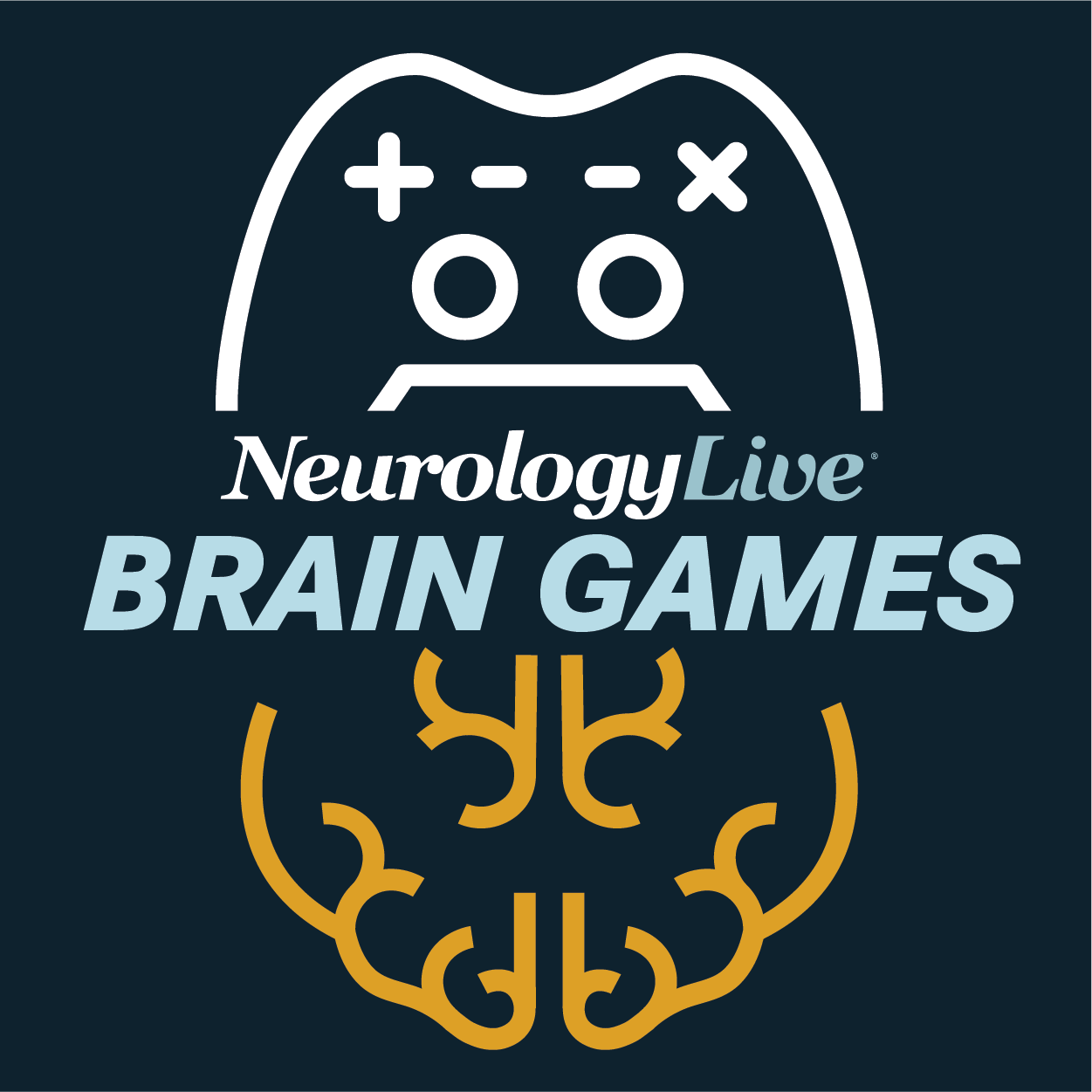
NeurologyLive® Brain Games: January 4, 2025 | NeurologyLive
Welcome to NeurologyLive® Brain Games! This weekly quiz series, which goes live every Sunday morning, will feature questions on a variety of clinical and historical neurology topics, written by physicians, clinicians, and experts in the fields…
Continue Reading
-

Updated Evidence Confirms Processing Speed Deficits In Schizophrenia
COGNITIVE impairments remain a defining feature of schizophrenia, with new research highlighting processing speed as a particularly affected domain. An updated systematic review and meta-analysis found symbol coding tasks consistently among…
Continue Reading
-
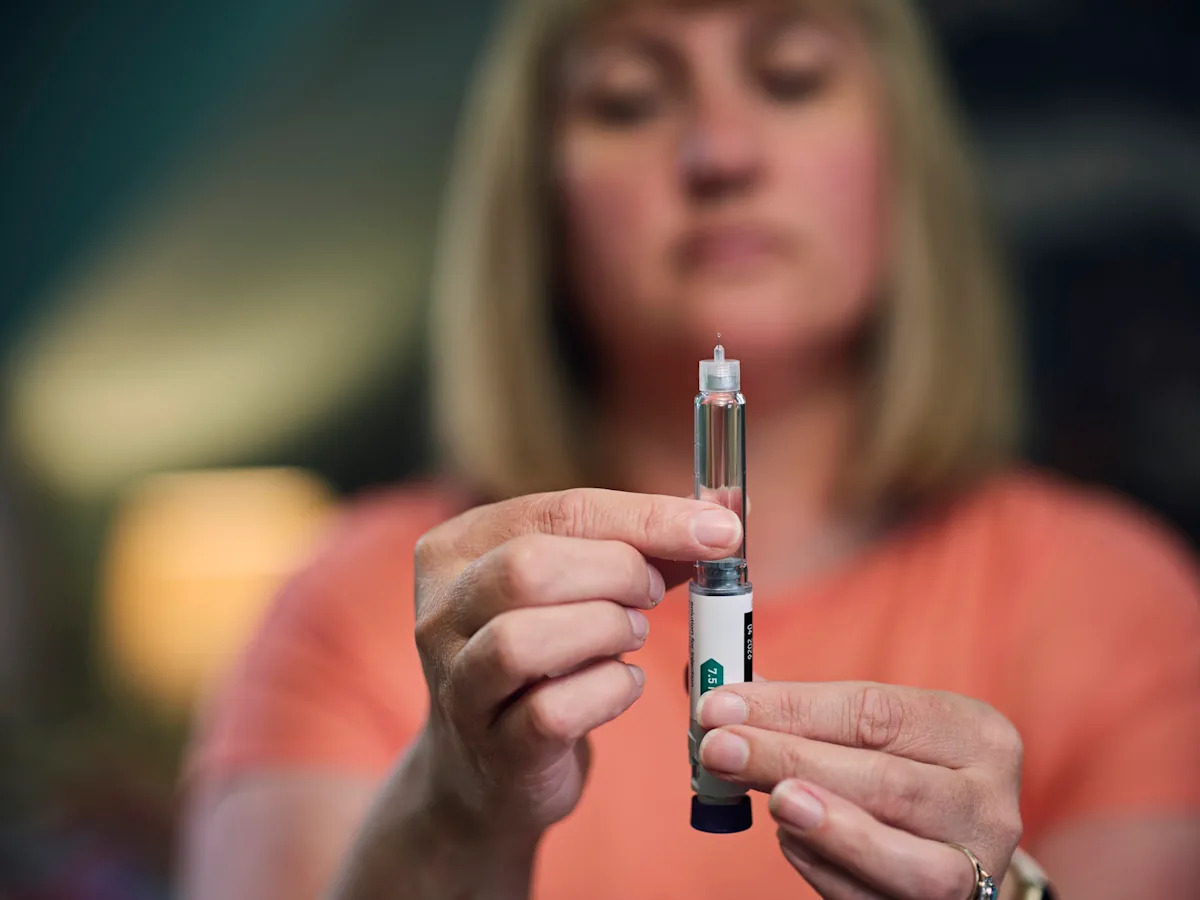
Something Grim Is Happening to People Who Go Off GLP-1s
Many people who successfully lost weight on Ozempic and other GLP-1 agonist drugs are having trouble weaning themselves off the injectables, according to the BBC, because the hunger for food comes roaring back with a vengeance — and hence the…
Continue Reading
-
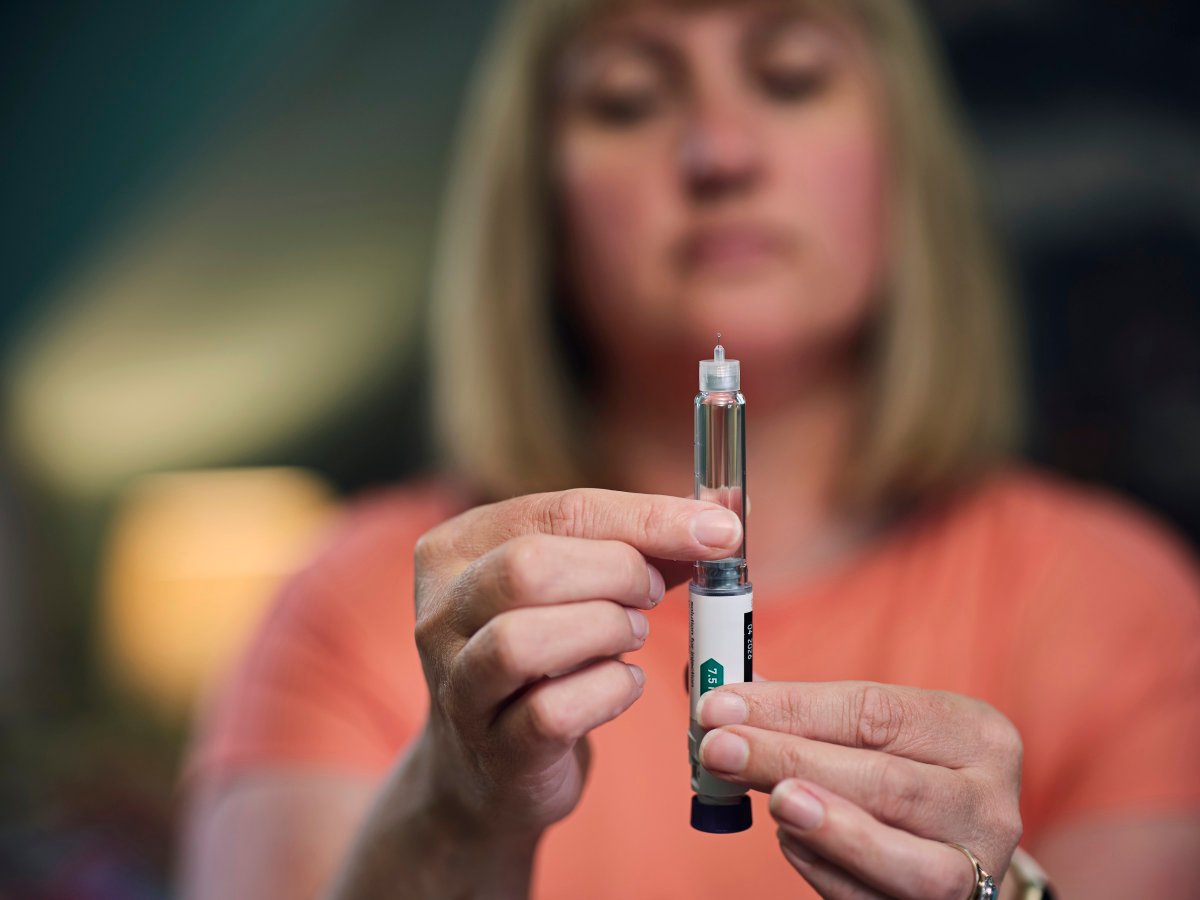
Something Grim Is Happening to People Who Go Off GLP-1s
Getty Images / Jon Challicom Many people who successfully lost weight on Ozempic and other GLP-1 agonist drugs are having trouble weaning themselves off the injectables, according to the BBC, because the hunger…
Continue Reading
-
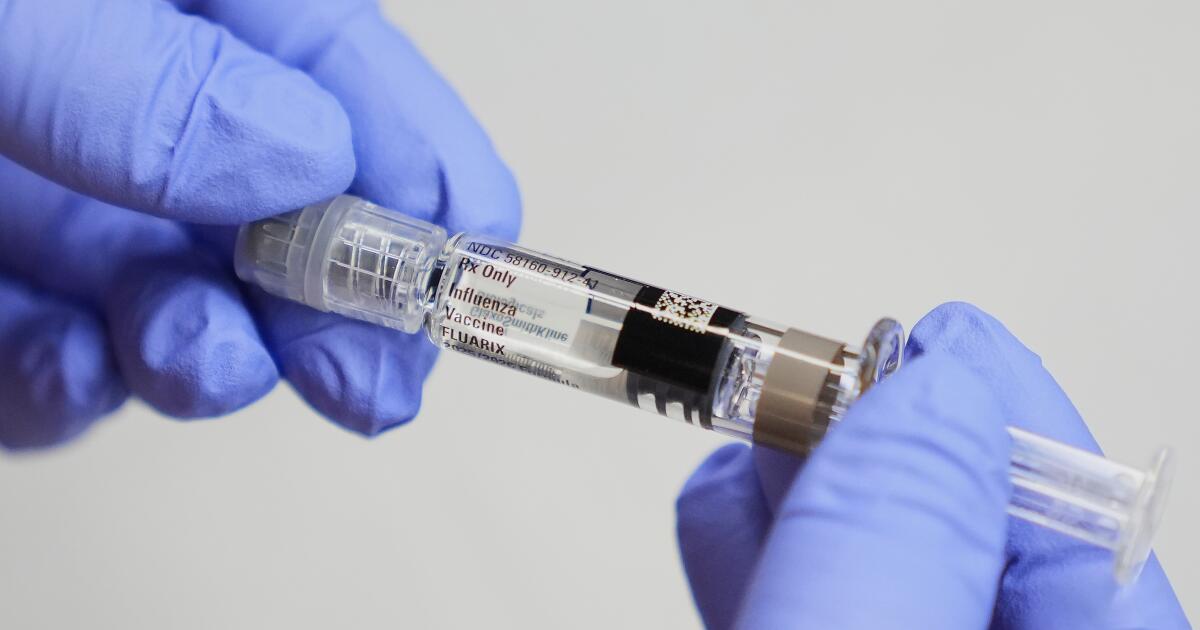
Flu is rising rapidly, driven by a new variant. Here’s what to know
WASHINGTON — Flu is rising rapidly across the U.S., driven by a new variant of the virus — and cases are expected to keep growing as holiday travel plays out.
That variant, known as “subclade K,” led to early outbreaks in the United…
Continue Reading
-
A dissolvable microneedle patch co-delivering Zerumbone and ICG for combined chemo-photothermal therapy of melanoma
An, L. et al. A sulfur dioxide polymer prodrug showing combined effect with doxorubicin in combating subcutaneous and metastatic melanoma. Bioact. Mater. 6(5), 1365–1374. https://doi.org/10.1016/j.bioactmat.2020.10.027 (2021).
Continue Reading
-

Could these 7 behaviors help extend lifespan after a cancer diagnosis?
Share on Pinterest Certain strategies and lifestyle behaviors have been linked to reduced cardiovascular disease and mortality risk. Design by MNT; Photography courtesy by Twenty47studio/Getty Images & alvaro gonzalez/Getty Image - With progress in…
Continue Reading
-
Your browser is not supported
Your browser is not supported | record-courier.com record-courier.com wants to ensure the best experience for all of our readers, so we built our site to take advantage of the latest technology, making it faster and easier to use.
Unfortunately,…
Continue Reading
-
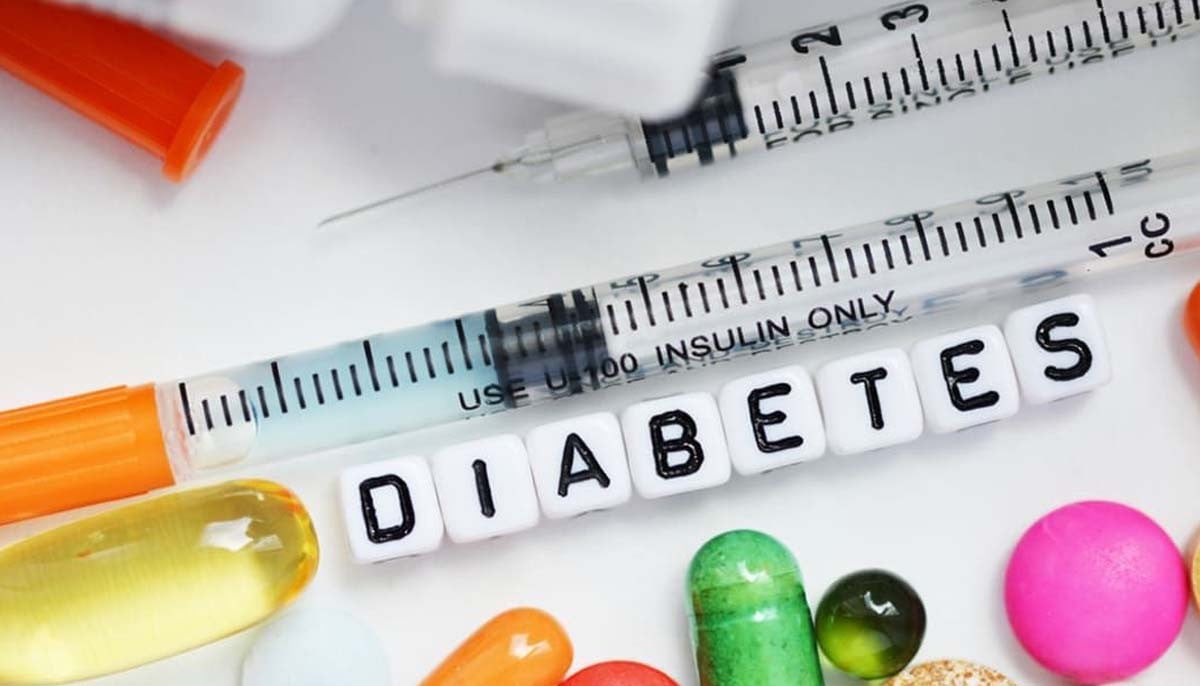
New research on type 2 diabetes offers fresh hope for treatment
Scientists at City of Hope have discovered a gene that plays a surprising role in…
Continue Reading
